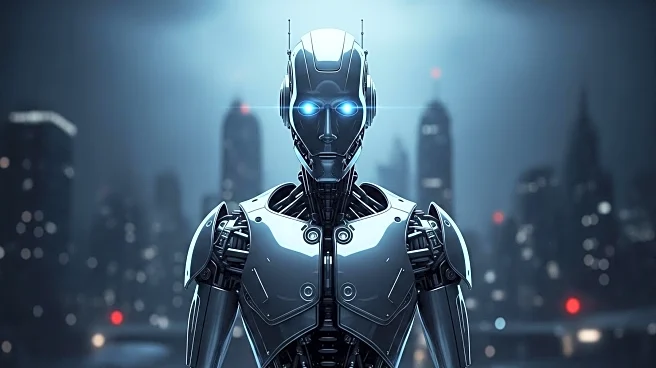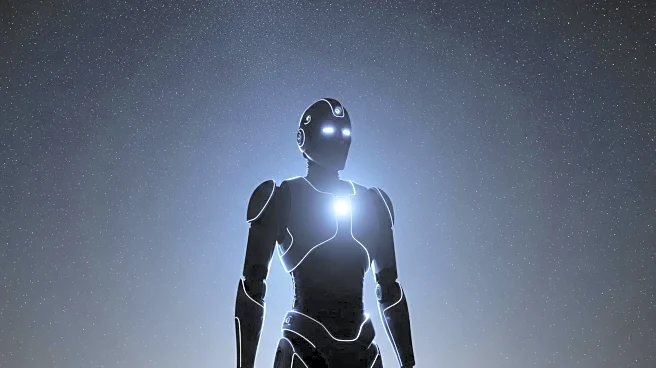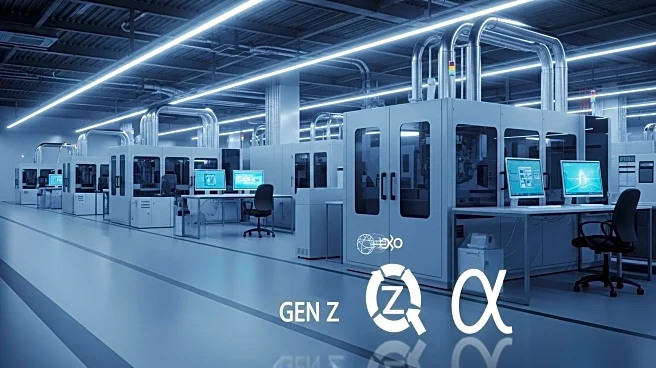What's Happening?
In 2000, Bill Joy, co-founder of Sun Microsystems, raised concerns about the potential dangers of advanced technologies, particularly nanotechnology. Joy's apprehensions were sparked by the ideas presented in K Eric Drexler's book 'Engines of Creation,' which envisioned nanotechnology as a means to achieve utopian outcomes such as curing diseases and achieving immortality. Drexler's concept involved molecular assemblers capable of manipulating atoms to create virtually any product. However, Joy warned of the 'grey goo' scenario, where self-replicating nanobots could potentially consume all matter, leading to catastrophic consequences. Despite the initial excitement, Drexler's vision has not materialized, and nanotechnology remains a field of conventional scientific exploration rather than the fantastical realm Drexler imagined.
Why It's Important?
The discussion around Drexlerian nanotechnology highlights the broader implications of technological optimism and the risks of unchecked innovation. While nanotechnology has matured into a valuable scientific field, the fantastical visions of its potential have not been realized. This serves as a cautionary tale for current technological pursuits, such as artificial intelligence, where similar utopian and dystopian narratives are prevalent. The focus on speculative technologies can divert attention from pressing real-world issues, such as climate change and public health, which require immediate and practical solutions. Understanding the limitations and realistic applications of technology is crucial for responsible innovation and policy-making.
What's Next?
As nanotechnology continues to evolve, its applications are likely to expand in areas such as medicine, materials science, and environmental solutions. However, the fantastical visions of Drexlerian nanobots remain unlikely. The scientific community is expected to focus on realistic advancements that adhere to established chemical principles. Meanwhile, the discourse around emerging technologies like AI will likely continue to draw parallels with past technological optimism, prompting discussions on ethical considerations and regulatory frameworks. Stakeholders, including policymakers and industry leaders, may need to balance innovation with caution to prevent potential risks associated with speculative technologies.
Beyond the Headlines
The narrative surrounding Drexlerian nanotechnology underscores the cultural and philosophical dimensions of technological advancement. It reflects a deep-rooted human desire to transcend physical limitations and achieve immortality, a theme prevalent in science fiction and futurist ideologies. The persistence of such dreams in Silicon Valley's discourse suggests an ongoing tension between scientific reality and imaginative aspirations. This dynamic influences how society perceives and engages with technology, shaping public expectations and policy decisions. As new technologies emerge, understanding their cultural impact and ethical implications will be essential for fostering a balanced approach to innovation.











